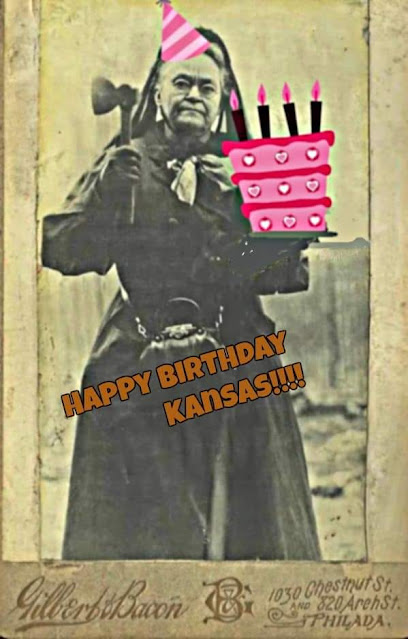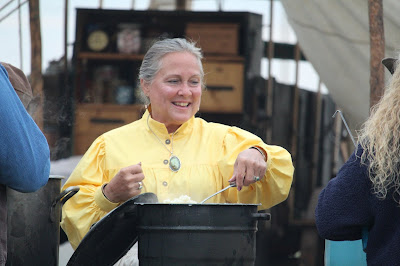Martha White self-rising flour made legendary by Flatt and Scruggs, "with Hot-Rize plus!"
Jesus declared, "I am the bread of life. . . ."
Though I cannot be certain, I'm pretty sure he was referring to wheat bread and not cornbread.
Corn and wheat are not used interchangeably in the biblical texts, but they are both used symbolically in the nurturing of the body and soul. Wheat gets the crown, however.
In studying pioneering America, I came across a reference to struggles to survive and a review question that asked, "In the absence of wheat," what did the pioneers plant? The inference is that corn is okay if you do not have wheat, but why would you want cornbread if you can have wheatbread?
In my Blue Ridge Mountain childhood, at least at Granny's house, there were biscuits in the morning, cornbread at dinner (the noon meal), and leftovers of both at supper. Daddy did not like cornbread because it reminded him of being poor and not being able to afford flour for biscuits (corn was raised, taken down to the mill to be ground, and taken home perhaps just for the cost of sharing a portion of the meal). I was blessed to have no such negative association and butter in the middle of a slice of hot cornbread was sinfully delicious to me.
Crumbled cornbread in a glass of milk was the only way I would consume milk. Fried cornbread with honey, well, that was the most special of events.
But flour does have its ritual.
Until I was six years old, I slept between Granny and Grandpa when I stayed with them--Granny next to the wall, then me, then Grandpa, facing the darkness, his back to us. He was this great shield protecting us. It was the safest I have ever felt. Around 4 a.m., Grandpa would get up and build a fire in the wood cookstove, then come back to bed. Around 5 a.m., Granny would get out of bed, still in her nightgown, get out her doughboard and make biscuits. I often got up with her because I could not stand to sleep and miss something. She wore her long, silver hair in a braid which she wound into a bun during the day, but in the early morning, it still hung down her back like a school girl.
She kneaded the dough and shaped out the biscuits, taking little scraps and shaping them into "dough babies" for me. When all was in the oven and the kitchen was warm, she got dressed, and when the biscuits were done, Grandpa awoke for the second time.
Perhaps this is the difference between wheat and corn and the reason corn is the food of survival while wheat carries, if not wealth, the connotation of plenty, of abundance, and is so suited to biblical purposes. There is no ritual in making cornbread. Any fool can stir up cornmeal and water or milk (doesn't mean any fool can make good cornbread, but it will be edible). But to make biscuits requires patience and understanding. It takes the touch. There is an intimacy in baking bread from flour.
Praise the Lord and pass the biscuits.











